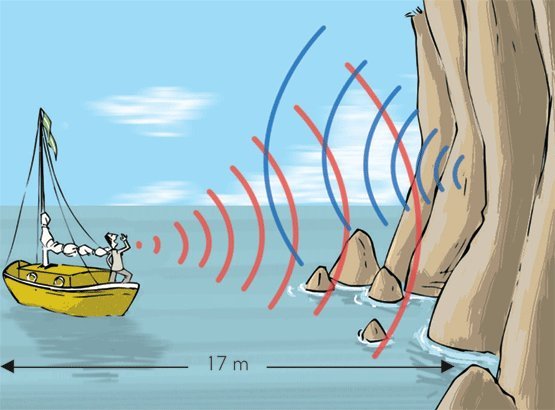The echo Why is it produced?
What is the Echo?
It is an acoustic phenomenon that occurs when a sound wave hits a hard surface in its path and reflects back to its emitter.
It can refer to both sound waves and electromagnetic waves.
Why is the Echo produced?
For the echo to occur, the surface on which the waves are reflected must be at a minimum distance from the sound emitter. Taking into account that the sound moves at a speed of 343 m / s, in the case of dry sounds this distance would be around 11.34 meters, and in the musical sounds of 17 meters.
Sometimes, the repetitions occur so close together that they can not be distinguished; This is called reverberation.

The ear can separately distinguish sensations that are above the time of acoustic persistence. Therefore, if the ear picks up a direct sound and, after the specified persistence times, captures the reflected sound, the effect of the echo can be appreciated.
Echo applications:
- Tests: Under construction, the distribution of the echo inside the materials is used as a test, to see if they meet the desired parameters.
- Ultrasound: The echo of an ultrasound is interpreted by a computer to generate images.
- Radars: Triangulate the position of objects through their echo.
Echo Legend:
In Greek mythology, Echo (in ancient Greek, Ἠχώ: Êkhố) is an oréade (nymph of the mountain) of Mount Helicon who loved his own voice. She was raised by nymphs and educated by the Muses.
There was a Nymph called Echo, who entertained the Goddess Hera, telling her stories, while her husband, the God Zeus, deceived her with other women. When Heras discovered, he punished the Echo Nymph to repeat the last word he uttered his interlucent.
This is a Greek legend that tried to explain the echo.

https://www.vix.com/es/btg/curiosidades/2010/12/14/%C2%BFcomo-se-produce-el-eco
https://www.geniolandia.com/13154282/como-se-produce-el-eco